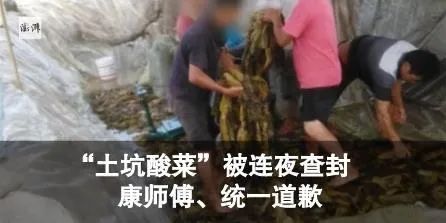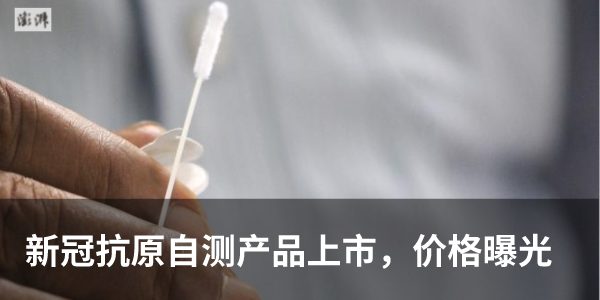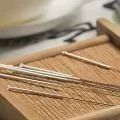Zhang Jiaxing / Science and Technology Daily
On March 15, the National Health Commission’s official website released the “Diagnosis and Treatment Plan for Novel Coronavirus Pneumonia (Trial Version 9)”. The new version includes acupuncture treatment as a routine therapy for patients with COVID-19.
Can acupuncture treat COVID-19? What is the principle? How effective is it? On March 16, reporters from Science and Technology Daily interviewed experts including Zhang Boli, an academician of the Chinese Academy of Engineering, and Professor Liu Baoyan, president of the World Federation of Acupuncture-Moxibustion Societies.
Acupuncture has long been involved in treatment
“In the early stages of combating the COVID-19 pandemic, acupuncture was only used as an auxiliary method,” Liu Baoyan recalled. There are many records in classical medical texts about acupuncture being used for disease prevention and treatment. The sudden outbreak of COVID-19 saw acupuncture, as an important component of Traditional Chinese Medicine (TCM), actively participate in the response.
“In actual treatment, unexpected results were often achieved,” Liu Baoyan said. As acupuncture treatment was actively implemented in the clinical management of COVID-19, experiences from Wuhan and other regions indicated that acupuncture aids in the treatment of COVID-19 patients.
Many may not understand why acupuncture can treat COVID-19. Sun Simiao’s “Essential Prescriptions Worth a Thousand Gold for Emergencies” records: “Three or two moxibustion points… can prevent the invasion of pestilential and febrile toxins.” Li Shizhen’s “Compendium of Materia Medica” explains: “Moxibustion can penetrate the meridians and treat hundreds of diseases and evils.”
TCM emphasizes supporting the righteous and expelling the evil. Zhang Boli explains: Acupuncture stimulates acupoints in the limbs, not only activating and strengthening the qi of the organs but also dispersing and expelling the invading pathogens, while enhancing the organs’ self-protective abilities and reducing the damage caused by the pathogens.
Acupoints are specific, varying in importance
In the “Ninth Edition Plan”, the recommended acupoints for patients of different severity levels, such as mild, moderate, and severe, vary. For example, the acupoint “Hegu” (LI4) with blood-activating and heat-clearing effects is recommended for mild patients; the acupoint “Kongzui” (LU6), which treats asthma and hemoptysis, is recommended for moderate patients…
Liu Baoyan explains that in mild cases, when the pathogen first enters, acupuncture can help eliminate it; in moderate cases, the pathogenic toxins have already significantly affected the functions of the lungs and spleen, so acupuncture is used to protect the organs and reduce damage; in severe cases, damage has already occurred, and acupuncture treatment assists in restoring organ function; during the recovery phase, it helps eliminate residual toxins and restore vitality.
It is reported that acupuncture treatment for COVID-19 draws on ancient literature, modern clinical research, and foundational studies, incorporating past experiences to improve lung function, regulate innate immunity, balance anti-inflammatory and pro-inflammatory factors, and activate the vagus-cholinergic pathway, thus protecting the respiratory system and mitigating pneumonia damage.
Acupuncture treatment is globally popular, with theories gradually modernizing
Regarding why acupuncture can treat COVID-19 and how to improve its treatment, TCM scholars hope to obtain more evidence and research progress.
“It is understood that many individual clinics in the United States provide acupuncture treatment for mild and moderate patients, and the results are quite good,” Zhang Boli said. “Therefore, I have repeatedly discussed with scholars from the University of California, Los Angeles, and the Los Angeles Acupuncture Association, hoping to systematically collect these scattered cases and conduct some clinical research.”
Many may not realize that acupuncture therapy has a very high degree of internationalization. Statistics show that acupuncture treatments in the United States exceed 10 million times per year, over 4 million times per year in the UK, and doctors in 183 countries worldwide use acupuncture for clinical treatment.
A scholar from the United States told reporters from Science and Technology Daily that acupuncture is very common in the U.S. The American Association of Chinese Medicine registers and certifies TCM practitioners, and some states even reimburse acupuncture through health insurance.
Many scholars in China have also conducted related research and exploration on acupuncture treatment for COVID-19. For example, the clinical evaluation study led by academician Tong Xiaolin from the Chinese Academy of Sciences focuses on the impact of acupuncture combined with cupping on patients in the recovery phase. The Chinese Acupuncture Society has developed two versions of the “Guidelines for Acupuncture Intervention in Novel Coronavirus Pneumonia” and translated them into multiple languages to promote acupuncture’s participation in domestic and international pandemic response.
“The inclusion of acupuncture in the Ninth Edition COVID-19 Diagnosis and Treatment Plan is very significant, fully reflecting the experiences of acupuncture’s clinical application in the early stages, and will undoubtedly provide stronger guidance for the treatment of COVID-19 both domestically and internationally,” Zhang Boli said.
This issue’s senior editor: Xing TanRecommended Reading




